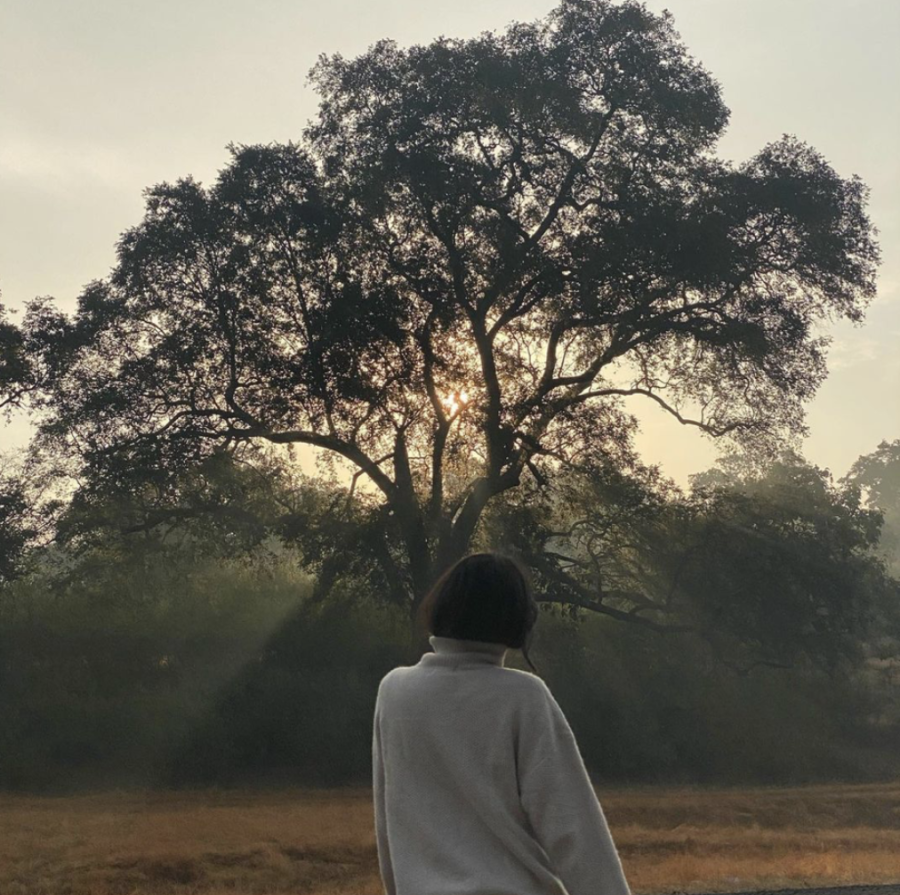Parmi Shah: Madhya Pradesh, India
February 4, 2022
From watching swift streams of water rushing down from high cliffs of Dutchess Fall to swimming in the crystal clear lakes of Ramya Kund, senior Parmi Shah took full advantage of her vacation to Madhya Pradesh, India. She had traveled there for her cousin’s wedding, but as per family tradition, she wanted to visit the hill station in Madhya Pradesh that she visited upon every trip to India.
Before her flight, she made sure she had a negative COVID-19 test, which was required to get on the plane, and wore a mask and face shield on the flight. At the actual wedding ceremony, which had around 100 people, Shah describes that there were social distancing procedures and mask requirements implemented, yet several people in her family still ended up getting COVID-19 — at this time, however, she had still tested negative.
Shah describes the lack of COVID-19 vaccinations and information at the remote hill station, and how village residents often treated the virus like a common cold or flu. This lack of safety precautions is what Shah believes resulted in her exposure to COVID-19.
“Villages like [the hill station] don’t really have at-home COVID-19 tests available,” Shah said. “So when people do think that they have COVID-19, they don’t get tested, because what happens is that they literally take you to the hospital immediately. Their procedure is very strict over there, so people are scared.”
After spending a few days at the hill station, Shah experienced a sore throat. After she tested positive with an at-home antigen test, she traveled to the city to take a PCR test, where she tested positive as well. Because she didn’t have “crazy symptoms,” she explains that she simply self isolated in a room away from family for about a week and a half before testing negative and returning on a flight two weeks after her scheduled flight back.
After getting COVID-19 in India, Shah’s view on safety precautions in the U.S. hasn’t changed much — she still wears her mask and gets tested regularly, but says she isn’t as worried due to increased COVID-19 education and awareness in the U.S.

